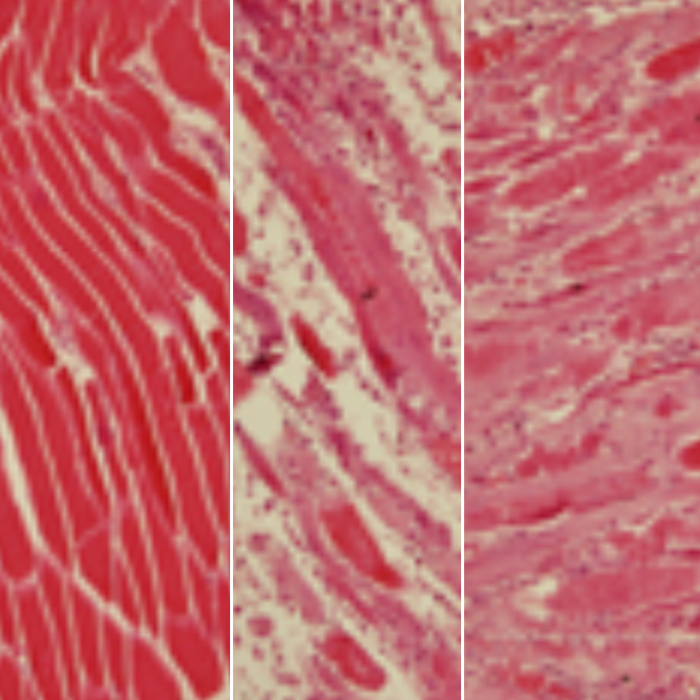Michela Mazzon on her recent publication in PLOS Pathogens
We've asked Michela Mazzon from the Marsh Lab to tell us about her recent publication in PLOS Pathogens:
What discoveries led you to the research described in your publication?
I have been interested in how viruses modulate cell metabolism since my previous post in Geoffrey Smith’s lab. Studying vaccinia virus, I’ve stumbled upon a protein, called C16, which we found activates HIF-1α, the master regulator of cellular response to hypoxia. Even if vaccinia doesn’t induce hypoxia, it still has evolved a way to activate a hypoxic response. As one of the major changes that occur in hypoxia is a switch in energy metabolism (from oxidative phosphorylation to glycolysis), I was interested in exploring the possibility that the activation of HIF-1α by C16 drove this switch. This led to a very productive collaboration with Prof Jules Griffin and Dr Cecilia Castro, at University of Cambridge, who helped us study this aspect of the infection. After I left Cambridge to start my post at the LMCB, Cecilia and I decided to take a look at the impact on cell metabolism during infection with other viruses, as a side project.
What were you trying to understand?
At the beginning, we thought of exploring in a systemic way if and how different viruses altered the metabolic activity of infected cells. My work at the LMCB was looking at the therapeutic potential of targeting conserved cellular pathways used by different viruses to establish infection, so originally we just wanted to explore the impact of several viruses on cell metabolism, and see if there was any conserved pattern. We started with a model alphavirus, Semliki forest virus, and found that the metabolic activity of infected cells was increased towards the new synthesis of metabolites, like nucleotides and fatty acids, important for maximal production on new viruses. We also set to pin down the molecular mechanisms behind these metabolic changes and found that this increased biomass production during infection was dependent on the activation of a cellular pathway called PI3K/AKT. As often happens in science, however, we were not the only ones studying the activation of this pathway by Semliki. Halfway through our research, we came across a group who had discovered that such activation was due to a viral protein interacting with the regulatory components of this pathway. As they had all the experiments concerning this interaction, and we knew one important functional consequence for it, our work tightened together very well.
Why is this important?
We think this is important because the metabolic status of a cell is what ultimately controls everything, from its energy status, to its ability to proliferate, mature, differentiate, activate, and now possibly also to propagate virus infection.
We reckon that virus-induced activation of cell metabolism is even more important in vivo, where viruses need to rapidly reach high titres in order to spread the infection before the immune response takes over. Using a different human virus from the same family, Ross River, we show in this paper that a mutant virus that cannot activate PI3K/AKT is significantly attenuated. This suggests that this metabolic activation is critical to maximise the impact of viral infection, and that preventing it can reduce pathogenesis, opening the way to interesting therapeutic opportunities.
Link to Michela's publication here.
Written by Michela Mazzon
 Close
Close


